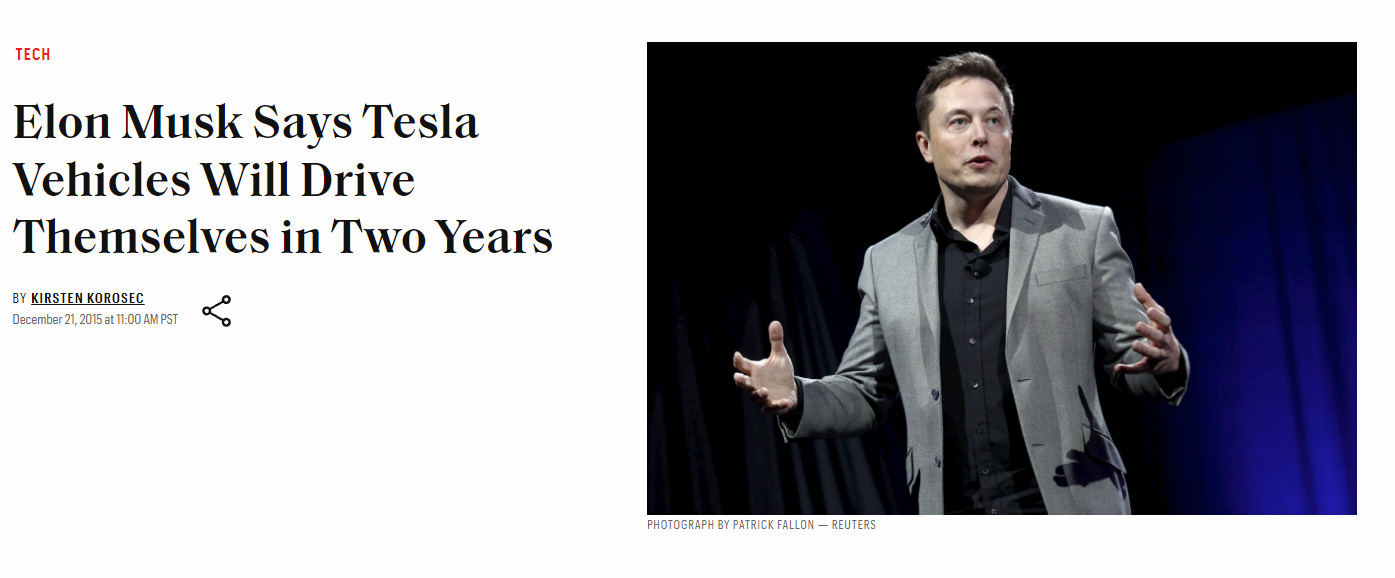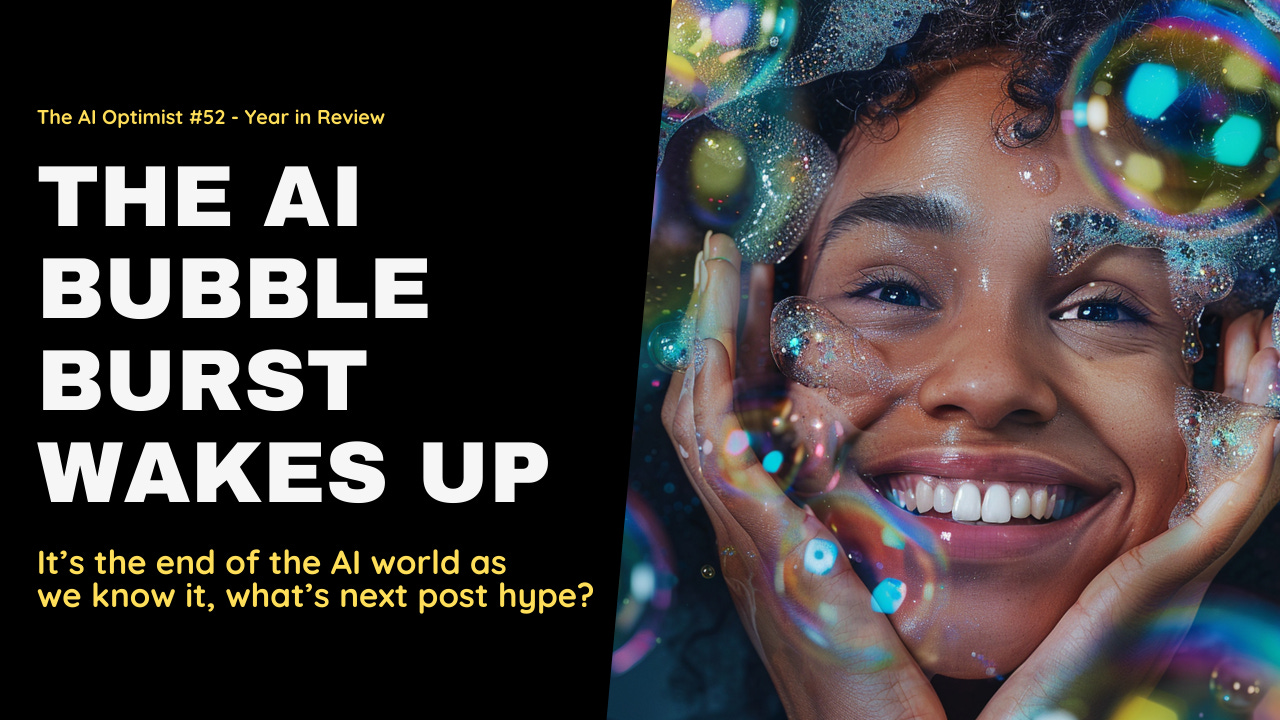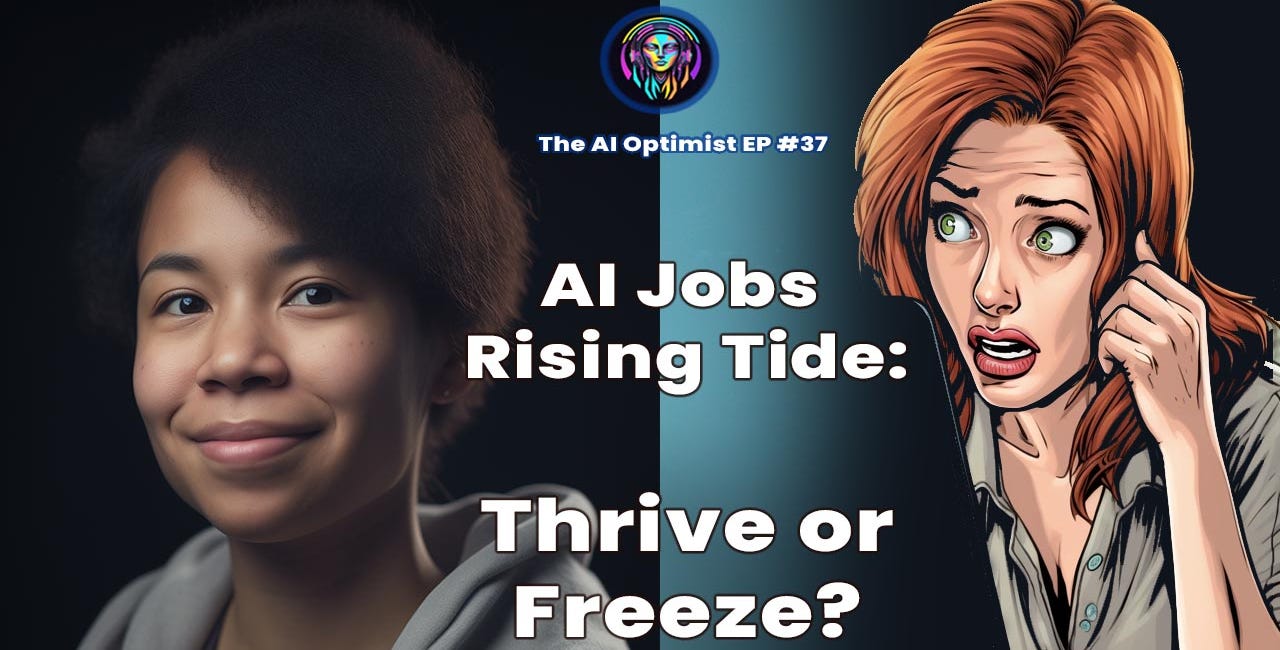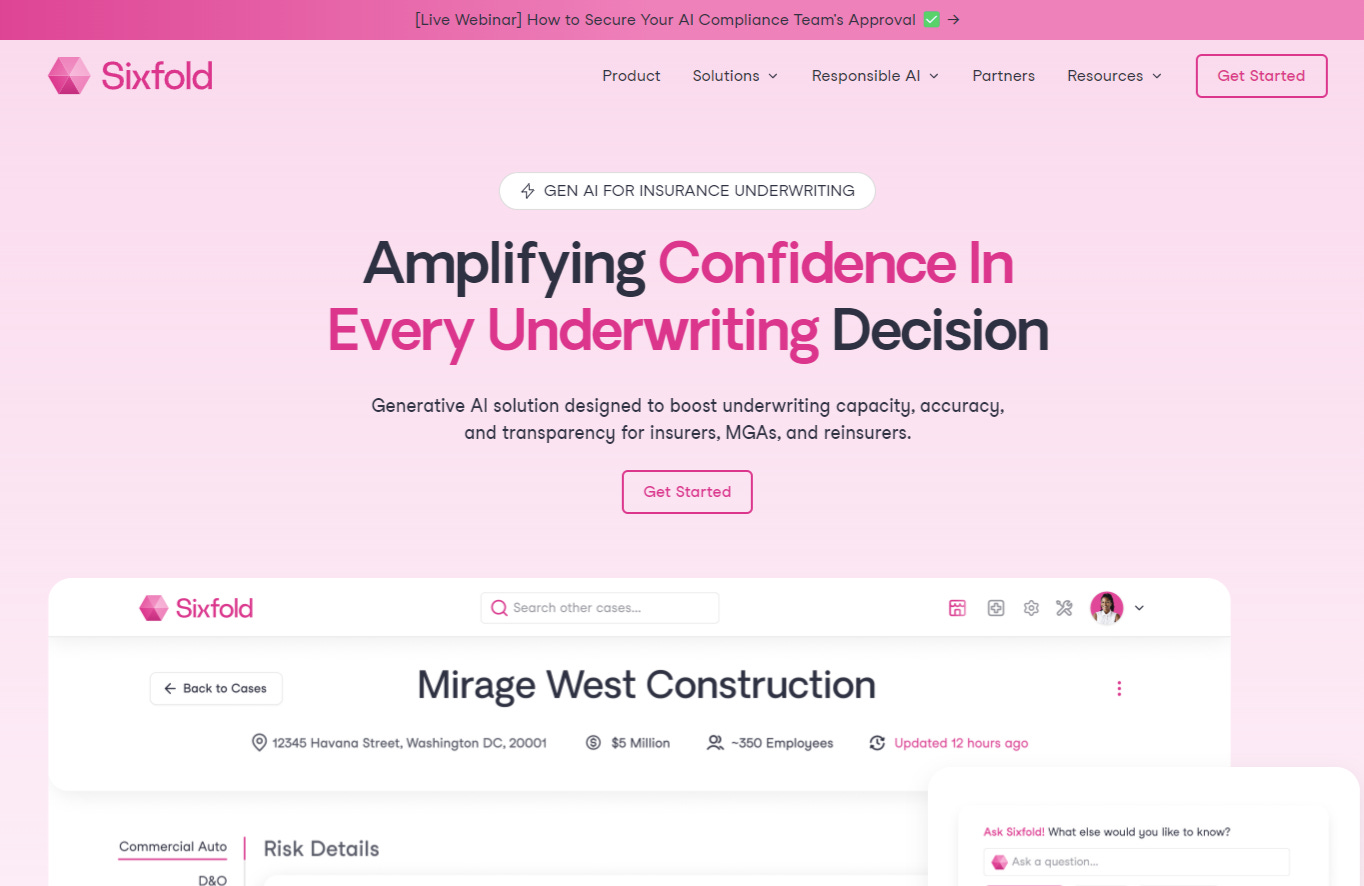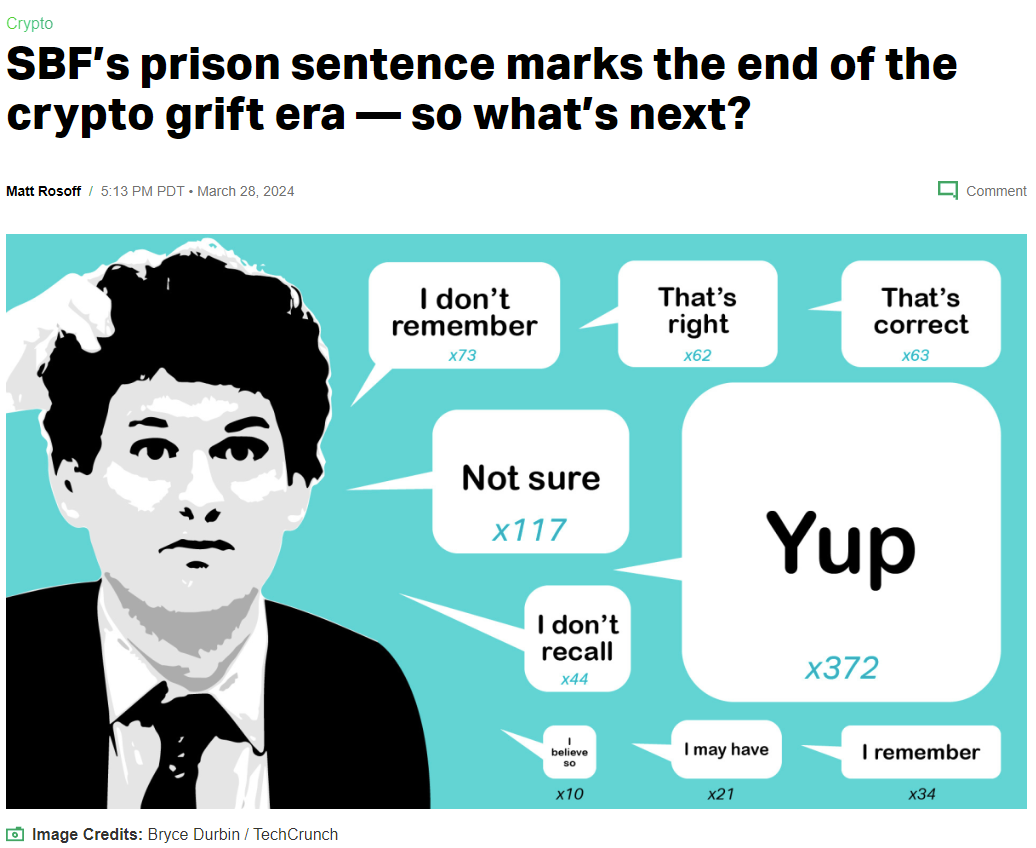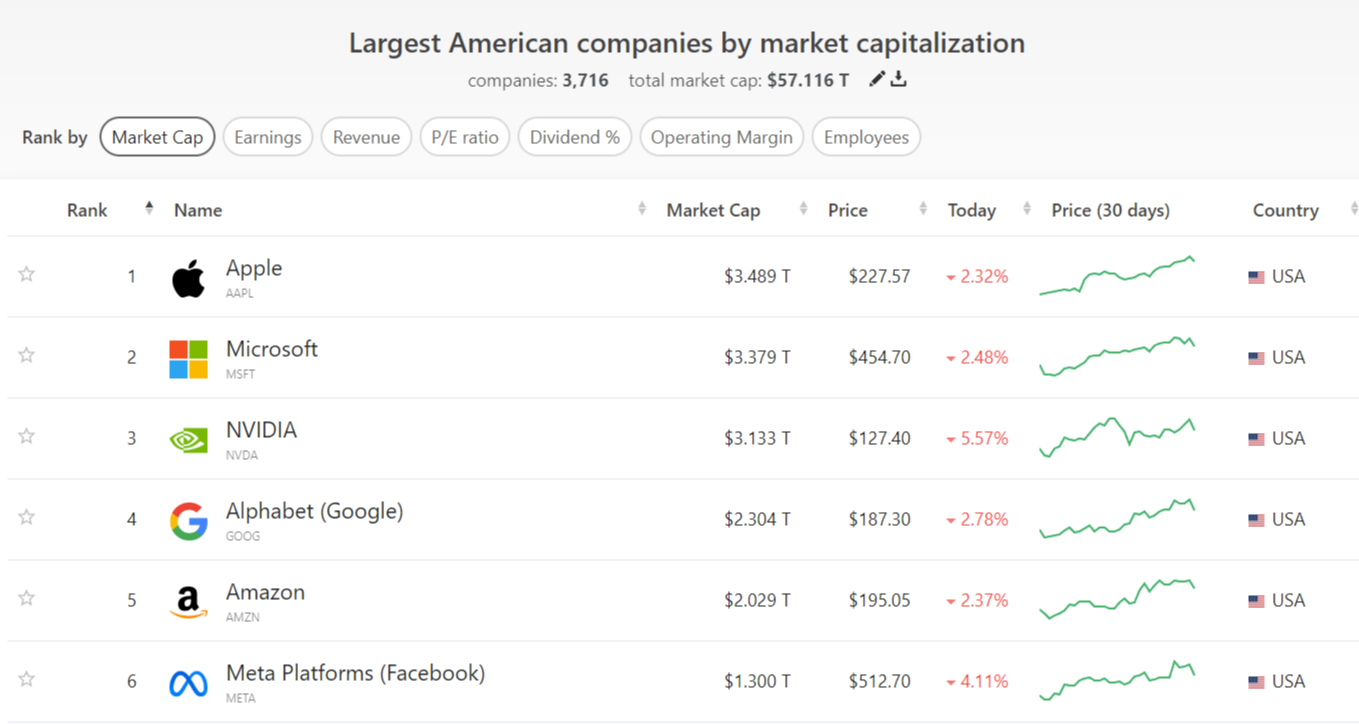How can I help a small company with 20 employees be more efficient and productive? It should be obvious, right?
But that's what the CEO asked me. And the only use cases he could really cite were some tricks and things done on social media. Is that our best use case of AI?
It was crazy. And part of it is driven by this industry and why it needs to change. And it's changing right now.
A Brief History of AI Hype
Let's look at the brief history of AI hype.
Back in 2015, Elon Musk predicted driverless cars within a few years. Then 2019 and 2021 came and went, and it hasn’t happened yet. We're in 2024 now. It's coming, but not as fast as predicted.
Geoffrey Hinton, the godfather of AI, said radiologists would be gone in a few years, and that was in 2017. Last I looked, they still have jobs.
Mark Zuckerberg pitched the Metaverse for years and, according to estimates, lost $45 billion because it didn't work. In fact, listen to Satya Nadella, the CEO of Microsoft, talk about this:
"And when we talk about the metaverse, we're describing both a new platform and a new application type, similar to how we talked about the web and websites in the early 90s."
What's funny is if you listen to his pitches for AI, it's like they took out the word "metaverse" and put in "AI". This is where we're at.
And why people aren't adopting it and why revenue is slow.
Combine that with endless obsessions with AGI and following Ray Kurzweil's predictions. Just because Kurzweil got it right once doesn't mean he's going to get it right again.
The AI Bubble Burst
This future prediction leads into the AI Optimists episode: "The AI Bubble Burst Wakes Up.
It's the end of the AI world as we know it. What's next post-hype?"
That's what I want to show you - the real value, because that crash is going to help AI find its true North. And this is not just me saying this.
Sources like Sequoia and the search engine Baidu's CEO are pointing to the same problem.
The simple and profitable way for big tech companies like Microsoft, Meta, and Google to hype the future raises their stock price. It's easier while they're building it.
But right now, between hallucinations, untrustworthy tools, lack of privacy, and the AGI future Terminator fear horror story, adoption is slow.
People don't trust it. They're afraid of it. We're telling them it will replace their jobs.
Even the Gartner hype cycle research shows this is probably at the tipping point. And while we don't know for sure, numerous sources are pointing to this, from Sequoia to the CEO of Baidu in China, finding the same problem: lots of hype, not a lot of performance.
"This crash that's coming up, from my experience in the dot-com crash, is going to be very different, but it will clear out the hype and focus on businesses. That's when good things happen, and adoption will likely increase in practical, not future-predicting ways, and business models will arise."
Fake it Till You Profit - The Three Major Problems
What we're going to cover in this episode are solutions to the three "fake it till you profit" problems the AI industry faces, which are undermining the revenue it needs to generate.
Problem #1: Low Revenues
The problem is that there are not enough people spending money on AI. Now, we all know that ChatGPT is making a lot of money.
Their revenues increased from $1.6 billion in late 2023 to $3.4 billion. Though the problem there is most of that revenue is from subscriptions, it's not going 10x.
Their valuation is $80 billion based on enterprise use, which was only $200 million. So, they're the dominant players, far outpacing other startups.
But most of the others are doing $100 million in revenue or less. And remember, these are billion-dollar valuations, trillion-dollar dreams.
The big tech companies are profiting, but the rest of us are sort of sitting on the sidelines listening to a lot of hype.
The revenue to spending mismatch is crazy. In 2023, AI firms spent $50 billion on Nvidia chips.
We call that picks and shovels, but they only generated $3 billion in revenue. It's a mismatch that is really undermining and is going to bring the crash.
According to many sources, the bubble really appears to be closer than expected.
Consent or Pay: AI Scraping of Public Content Demands a New Licensing Model
How do you tell a longtime friend that his book, the one he spent so long on… AI just copied it without your permission! That gut-punch feeling sucks, right? And it’s not just the OpenAI’s of the world, small businesses are scraping, everyone is scraping.
You compound that with the current content model to feed ChatGPT, which was all free. They scraped it without asking for permission.
But all these lawsuits from the New York Times and Getty Images and others will likely bring a licensing model that's going to make it much more expensive.
When AI and Copyrights Collide - is human creativity artificial with AI?
Is Human Creativity Artificial with AI? And what does it have to do with the old story of Napster and the evolution of digital music? Prepare for a thought-provoking conversation as we unravel the clash between AI technology and copyright law, where licensing rules and individual human rights dance around the new creation process.
And the last part of low revenues is the electrical costs are crazy. They're talking about spending trillions to replace the grid in the US, which is only barely able to keep up with our consumer usage.
We can't even have electric vehicles because we can't support them. So, if you think this is going to happen really quick, do the math.
What's being hyped? Does it make sense? And the best thing that could happen in this market is for it to go through its crash.
Problem #2: High Costs
It's going to take an estimated $600 billion for these companies to break even. David Cahn, an analyst with Sequoia Capital, believes that AI companies will have to earn about $600 billion per year to pay for the infrastructure, such as data centers and revenue that are in single-digit billions. This is a huge gap that doesn't even make sense.
And in fact, the founder and CEO of Baidu, the biggest search engine in China, says that their country has too many large language models and too few practical applications.
That's one of the keys to problem number three.
Problem #3: Limited Business Models
The only business model is large language models. And the picks and shovels, like Nvidia or a company like Astera Labs at a much smaller level.
And we all talk about AGI and its fear of the future making us scared, which prevents and slows adoption. But what about predicting a business model?
What happens when this thing grows, and what does that look like?
So regular businesses like that 20-person company can take advantage as they should.
Even more confusing to people is what's called AI Washing, the practice of using artificial intelligence to create a false or distorted impression of a company's performance or potential.
For example, when Reddit went public, they used their licensing deal for $60 million a year with Google to almost validate it, and they've done very, very well. But they're not an AI company.
And there are others. Amazon used AI back in 2016 and said that you could walk into one of their stores, pick up your groceries, and walk out without ever having to use a cash register, all done by AI. And now, eight years later, we finally find out the truth:
"Amazon's so-called AI technology was actually powered by a thousand people in India watching and labeling videos to ensure accurate checkouts."
It's not AI, it's a thousand people in India tracking you and entering your orders. That's what's called AI washing.
And a lot of the companies and startups really sort of use ChatGPT, and they call it a wrapper, an API wrapper, so that they can be able to say, "Hey, we're AI," but they're just off other technology.
That's not that big a difference between other companies. This is where you get the confusion.
The Solution: Practical Problem-Solving
Let's talk about the solution that you can put into and why this crash is not only going to be so good, but we'll get rid of the companies that aren't good.
And we'll also start creating business models that are revenue-driven. And that will really fuel the growth and increase of jobs.
In fact, Georg Zoeller, who was a business engineering director at Meta, says:
“Despite being in the largest private investment in technology in the history of mankind, companies have cut jobs.”
The job loss is real. I've seen it in marketing, customer support, and if we want to create jobs, we've got to get rid of this hype and hot air, which is what markets naturally do.
AI Jobs Rising Tide - Thrive or Freeze?
Listen on Apple || Spotify || YouTube The brittle grass breaking beneath your feet, breath hushed, you walk as quietly as possible to avoid the lion hunting you.... The lion called AI. Feel AI is a threat, begin the ancient, limbic dance of Fight Flight Freeze or Fawn.
He says that job loss is bigger than the dot-com bust, and while I don't know if that's true, what's interesting is we have to go post-hype.
The solution is practical problem-solving based on specific use cases. And listen to Mark Zuckerberg, who makes a great point recently:
"Tech industry kind of talks about building this one true AI. It's like it's almost as if they kind of think they're creating God or something. And it's like, it's just... that's not what we're doing."
This industry has a bit of a God complex, as he puts it. They are trying to create these things that make you go "Wow!" and go crazy, but they don't really deliver solutions for you as the user, as the business, or as a startup.
You've got to watch what happens when this crash, which is coming from all sorts of sources, Sequoia to Baidu, happens because this is where the cleansing is out.
And take it from me, having gone through the dot-com crash, my revenue tripled when all the hot air and hype went out, and the people remaining who are revenue-driven, business-driven grew.
We're now going from large language models to what are called SLMs - small language models. Focus.
A practical example right now is a company called LevelFields. LevelFields uses AI to make it easier for normal investors to compete in the stock market against big hedge funds and institutional investors with lots of money, lots of resources, doing all sorts of things.
That makes it unfair if the user was left alone. Their stock options and trading tools give them the information that AI assimilates in seconds rather than hours of poking through different links.
Another example - again, what's the problem? What's the focused solution?
Sixfold uses AI in the insurance industry, making efficient, customized solutions for diverse insurance needs. And that's what you need to do post-hype.
Customizing AI for Your Solution - Getting out of the AI Bubble
Next up is to customize your solution. The biggest mistake even that small company with 20 employees makes is they think they can buy the tool and that it will just do the work for them.
You must customize the solution and work through it, and this will get better. But we need time to begin with.
You've got to leverage AI by first giving it performance-based goals. If you have hired an employee, how would they know if they prospered?
If they did a good job or a bad job? AI needs that because it's like an employee and needs training and nurturing. It's not about leaving it alone and hoping.
And as AI agents, as you've seen in my past few episodes come up, that's going to be great. But we're a few years away, so don't fall for this "it will happen next year" hype.
Obviously, it hasn't. And that's the good part.
When you use AI, you have to teach it, provide it with details about your circumstances, your business. It's unique.
It's not like you can just buy that. You must train that and fine-tune it over and over again, auditing and checking to make sure it keeps improving.
I generally work 6 to 12 months at least, and I'm not even on the engineering end, to make sure the training and the fine-tuning happens so that it's able to support your company and it's able to do the things you want, keeping privacy of your data and not hallucinating.
To do that, your privacy needs to be protected. Above all, you might need to grant AI access to some of those systems.
You don't want to do this to the public, which is why most companies right now are doing it internally. Keep things internal.
Understand that smaller models, if you think about it like why a lot of people use Mistral, an LLM out of Europe, which is much cheaper than ChatGPT and has privacy built into it because the Europeans are much more protective of privacy than people in the United States.
You need to control it and keep it private, and have an AI manager of your tool to guide it.
Set goals. Check with the goals like you would with an employee and teach the AI what it needs to know.
Don't rely on what's scraped off the internet and social media. You want to know why it's doing wacky things?
Look at the internet and social media. It's not full of truth. It's full of bias. It's full of a lot of different things that fill up this current iteration of AI.
You can't do this without guidance and oversight. And while that may not sound good, it's such an impressive tool.
AI is so powerful when you treat it with not only respect but understand it's not this magic fairy dust that a lot of people have been making it out to be.
Now we want to watch for the development of agents you can customize. Look at something like Sixfold in insurance.
It's customized for the insurance industry. Solving a specific problem that is not literally an agent. It's a little bit more, but these kinds of tools will eventually help you solve that.
The Opportunity in the AI Bubble and Crash
Right now you have to own it. You must bring it in.
Because when the crash happens - and I know this from experience - most will run away and call it a fad. In the dot-com time, conferences were empty.
Nobody was showing up. Everybody said it was hype. And that's where the real revenue came. And you saw companies like Google rise.
When the crypto fad happened and Sam Bankman-Fried and his games were outed, everyone ran away, saying it was full of it.
It wasn't impressive. That market has come back remarkably ever since then.
Whether you believe in crypto or not. And the blockchain has come back because the people who were there for real didn't run away but saw that in the crash is the opportunity.
When these big companies and their hype - because remember, the only people impacting the stock market and all this are really multi-trillion dollar companies.
That's what's added all the value - seven companies or so: Microsoft, Meta, Google, Nvidia, Tesla. These are the companies driving the growth.
But when that crash happens, $15-20 billion to those companies is not a lot of money. The impact won't be as economic, I don't think. But it will be your opportunity to say, "Good. Now the bad stuff's gone."
Forget the hype, start making revenue like normal business and give me a business model. Instead of predictions of AGI crushing us and destroying us.
Instead of talking about replacing jobs. Because, you know, the only time when jobs are created is after the hype and hot air goes, after the crash.
The AI crash that's about to happen is coming out in many different sources. Even Scott Galloway calls it "corporate Ozempic" - the way AI is used to trim costs and is costing jobs.
But do you want to create opportunities when the bubble bursts? That's when we wake up. That's when everyone wakes up.
Right now, it's the end of the AI world as we know it. What are you going to do?
Post-hype, focus on customized solutions, watch who survives and be careful of the ones you depend on who may not survive, and find a way out.
And while everybody's running away calling it a fad, this is your opportunity. This is where AI really grows and really penetrates everything we do.



